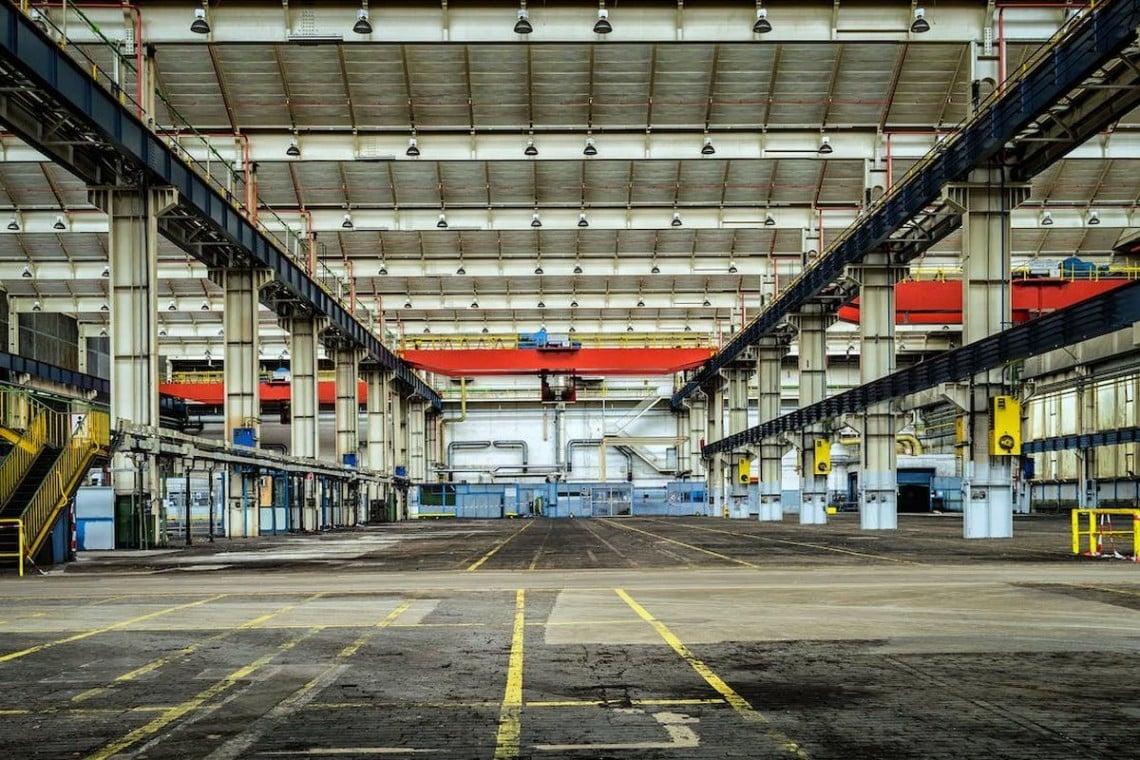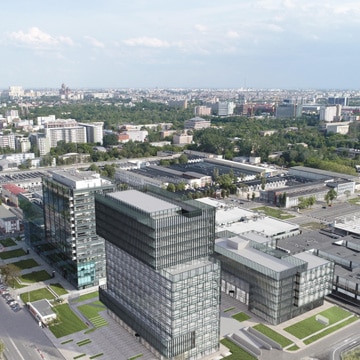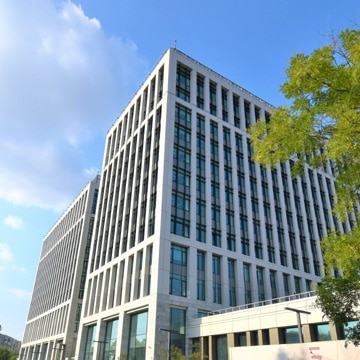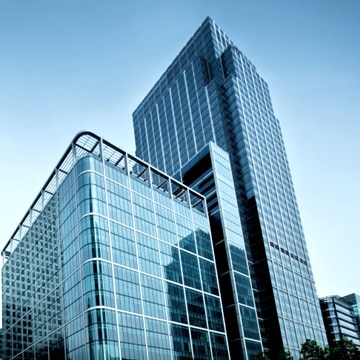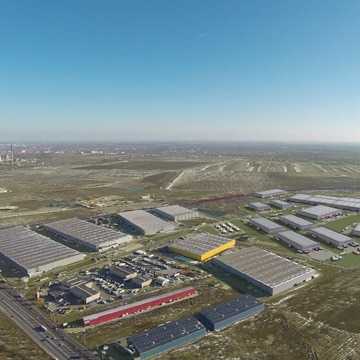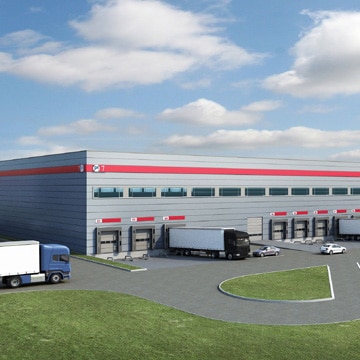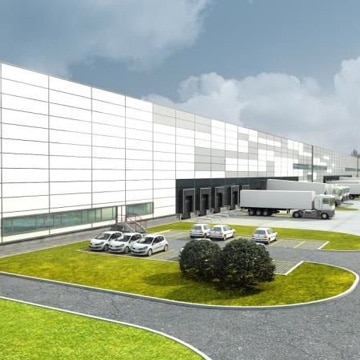A city gathers under its dome more than art and architecture, because without the industrial area, its development would be strongly affected. In conclusion, a city is not only represented by the central area but also by the neighboring areas and the working-class districts, where, residential and non-residential buildings coexist.
What does a non-residential building mean?
Such construction represents an essential part of the infrastructure of every city. If you also ask yourself “What does a non-residential building mean?”, then you must know that this type of building serves a specific purpose, apart from providing a home for the city’s residents.
In short, we can say that a non-residential building is “a house for companies”, not for people. From offices and shopping centers to factories and educational institutions, this type of construction contributes significantly to the increase of the value of the city community, but also of the economy in general.
What does non-residential building mean? Construction types:
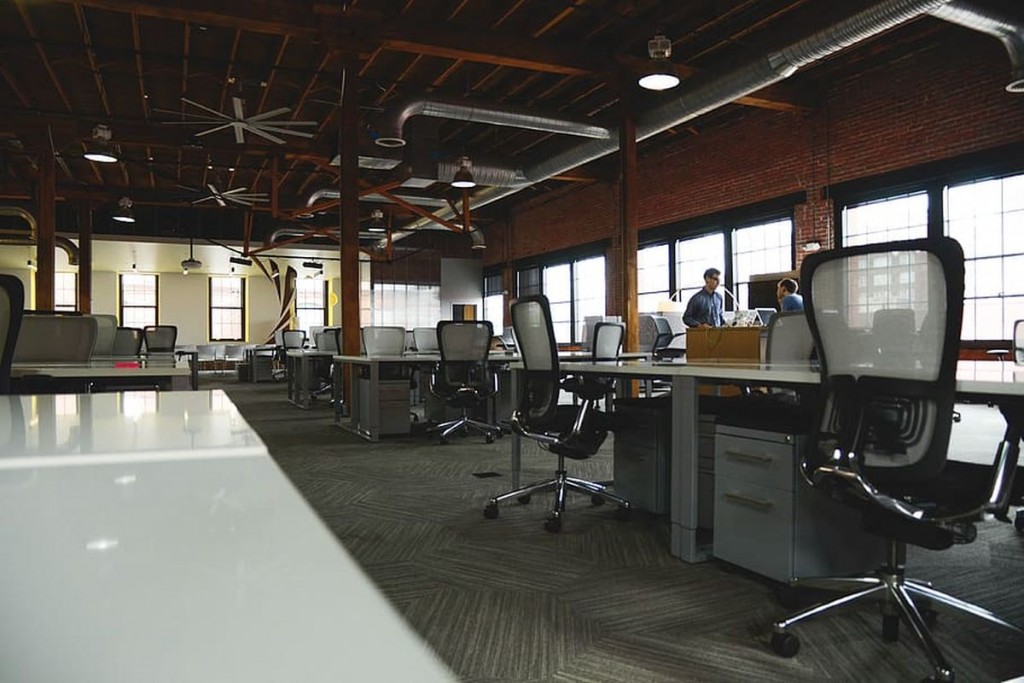
* commercial buildings – this type of non-residential building is one of the most famous buildings of this kind. These include shops and shopping centers, which offer space for various commercial and retail activities. Offices are also included in this category of commercial buildings because they provide the space necessary to carry out the activity for a wide variety of industries and companies. Our real estate agency has a wide range of office spaces for rent so that you can find the right location to carry out your company’s activity in the best conditions, for maximum performance;
* industrial buildings – such constructions are designed to provide the necessary space for various production and manufacturing activities. These can be factories and plants, where goods and industrial products are produced. At the same time, this category includes both warehouses and industrial halls, used for the storage and distribution of goods;
* institutional buildings – these are dedicated to educational (schools, universities, etc.) and medical (hospitals, medical centers intended for patient care) activities.
The advantages of non-residential buildings
Such buildings are essential for the well-being of the inhabitants of a city, but also for the local and national economy. The main advantage of the existence of non-residential buildings is the improvement of the standard of living of the city’s inhabitants and new job opportunities.
Also, these buildings offer a generous space for carrying out specific activities. The storage capacity allows them to host a large number of people, but also activities.
Another asset of these buildings is the fact that they are versatile and can be adapted for various purposes, so as to lead to the emergence of multiple opportunities for local economic and cultural development.
What role do non-residential buildings play in increasing your company’s performance?
Depending on the needs of your company, a non-residential building can become the space you needed for your business. If you are looking for an office space for your company, then you must consider renting offices that meet both the needs of the business and your employees. Choosing a class A office space for rent in a central area of the city or near a park has multiple benefits for the evolution of your company.
For example, if you choose a downtown-situated building for your offices, your employees will have multiple transportation options and will no longer be late for work. In addition, their satisfaction degree will increase, which will positively influence the performance of their work and increase the performance of your business.
On the other hand, if you have a business that needs a large storage space, located in an area that offers you easy access to the highway, airport, and railway, then the solution for you is industrial warehouses. Such a non-residential building offers you multiple facilities, both for industrial purposes and for employees. Within the industrial parks, there are:
* accommodation areas (in the event that for the development of your company’s activity, you have to bring labor force from a distance);
* canteen;
* pharmacies;
* bank;
* office spaces, etc.
Each of these facilities contributes to the increase of the work performance of your employees and, ultimately, to maximize the results obtained by your company.
Choosing a non-residential building for the specifics of your company is an essential condition for success. If you need help, don’t hesitate to contact us and a member of our team will give you advice for the exact identification of your company’s needs. Thus, you will be sure that you have made the best choice, which will give you an extra advantage in achieving success in the field in which you are active.
